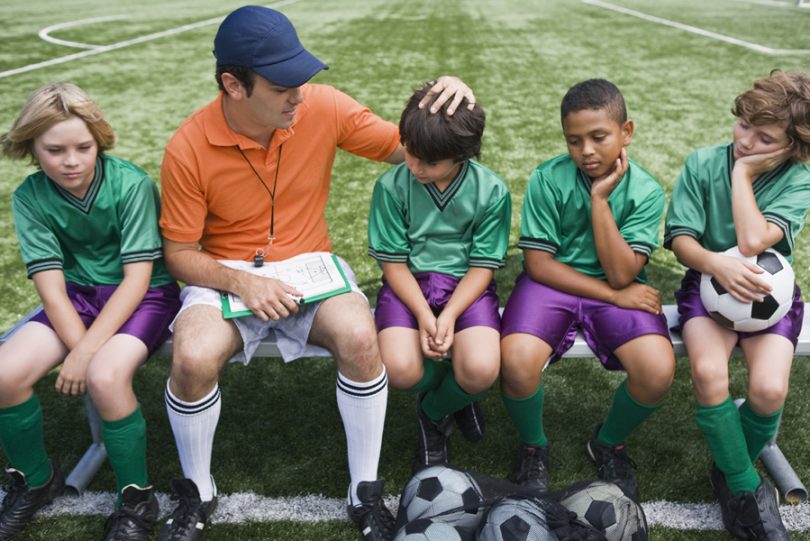Written By Dr. Boyd W. Haynes III
Rest, home exercise and physical therapy play different roles in recovering after knee surgery.
As a fellowship-trained sports medicine specialist, I frequently see individuals who have knee injuries that occurred while participating in a sport or activity that they enjoy. These injuries mostly fall into two categories: torn menisci or tears to the anterior cruciate ligament (ACL). Although much is written about these two common sports injuries and the surgery needed to repair them, this article will focus on the rehabilitation and return-to-performance that concerns most athletes.
First, let’s talk about what a meniscus and ACL are, their location in the knee and their functional purpose. The knee has two menisci, which are located inside the knee joint on either side of the knee. They are composed of collagenous material that acts as a cushion to the knee joint. The ACL is one of four ligaments that provide stability to the knee. It transverses the knee joint diagonally and opposite to the posterior cruciate ligament, forming the shape of a cross, hence “cruciate” ligament. This ligament is vitally important to the stability of the knee joint during any activity requiring rapid, multi-directional movement of the knee.
When a meniscus is torn, pain may be felt or not at all. A person may live with a torn meniscus for years and not even be aware of the tear. When an ACL is torn, however, there may be an audible pop, accompanied by severe pain, swelling and inability to fully extend the knee.
An acute knee injury of either of these types is usually treated the same way initially, with Protection, Rest, Ice, Compression and Elevation (the PRICE method). Anti-inflammatory and pain medications may also be prescribed. Some tears are minimal and resolve over time, with the appropriate physical therapy or exercise program. For major,
painful tears that do not improve, arthroscopic surgery will be performed to repair the damaged meniscus or ACL.
The surgeon will arthroscopically repair the tear to the meniscus or partially or completely remove the damaged tissue. Surgical reconstruction of the ACL is a more complex surgery and requires the use of a tissue graft to repair the damaged ligament. The graft can come from a cadaver (allograft) or can be harvested from the patient (autograft). The most common grafts used are patellar tendon and hamstrings.
In my practice, patients who have meniscal repairs or meniscectomies
tend to do well as a whole, with the exception being those patients who have advancing arthritis. A typical recovery from this surgery takes about two weeks (longer for repairs and if arthritis is present) and requires that the patient follow the prescribed rehabilitation. Complications are rare. Most patients stop taking pain medications within seven to 10 days and can return to their normal activities in about
two weeks.
Patients who undergo ACL reconstruction also tend to do well, with the exception being those patients with patellar (kneecap) arthritis. Most patients stop taking pain medications in two weeks and can return to their normal daily activities(non sporting) in about four weeks. A typical recovery and return to a cutting, pivoting sport takes about four months and requires that the patient complete a formal physical therapy program designed for ACL reconstruction recovery. Complications are very low.
I do prescribe exercises with an emphasis on appropriate rehabilitation technique.
For athletic people, returning to the pre-injury level of performance tends to be of paramount importance. Restricting activity for a set time period is key to preventing re-injury. Following an ACL reconstruction, I often recommend aggressive physical therapy, a main focus of the recovery and rehabilitation period, and watch for signs of swelling, instability or weakness. If I see problems, a patient’s physical therapy/exercise program may need adjusting, with emphasis on strengthening the quadriceps.
How do I know when my patients are fully recovered and ready to return to the proverbial “playing field”? When they reach four months of recovery and can demonstrate a 90 percent, one-leg hop-for-distance test as well as full, painless knee range of motion, with no swelling and full strength.
Working in partnership with your doctor, from the first office visit to the last check-up after surgery, will help you achieve the best possible recovery and results. The best outcome is when patients can make a quick, safe return to the activities they enjoy.

